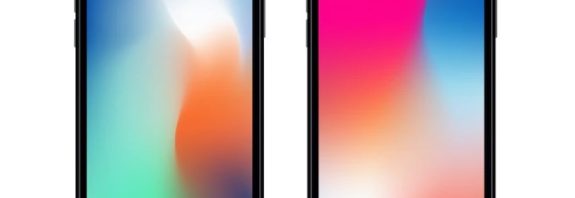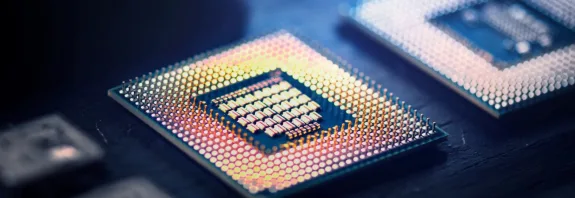When Did the First Touchscreen Appear?

When Did the First Touchscreen Appear? The first touchscreen was developed in the mid-1960s, though its use was limited at the time. Touchscreens began to gain wider adoption in the 1980s when Hewlett-Packard (HP) introduced the first industrial touchscreen, the HP-150.
When Did the First Touchscreen Appear? The HP-150 was the first computer with a touchscreen.
Released in 1983, it featured a 9-inch screen that allowed user interaction via a special stylus. This computer became highly popular in the medical field, where touchscreens were used for data entry and equipment control.
In the 1990s, touchscreens grew significantly more popular due to the development of mobile devices. The first mobile phones with touchscreens were introduced in 1992 by the Japanese branch of IBM. However, they were quite expensive and did not achieve widespread popularity.
The first successful mobile device with a touchscreen was the IBM Simon PDA, released in 1993.
It had a 4.5-inch touchscreen and offered features such as fax, email, and a calendar.
In 2007, Apple introduced its first iPhone with a touchscreen.
It gained immense popularity and became the first smartphone with a full-screen touch interface. Since then, touchscreens have become an integral part of mobile devices, computers, navigation systems, and other technologies. Today, touchscreens are available in various sizes and formats, from small displays on smartwatches to large video walls and interactive panels.
Touchscreen technologies continue to evolve, introducing new methods of user interaction such as gestures, voice recognition, facial recognition, and more. Nowadays, touchscreens are used across numerous industries, including medicine, the automotive sector, education, entertainment, manufacturing, and beyond.
Thus, while the first touchscreen appeared in the mid-1960s, a true breakthrough in their application came in 1983 when Hewlett-Packard unveiled its first touchscreen computer. Since then, touchscreens have become an essential part of our lives and continue to advance with each passing year.









